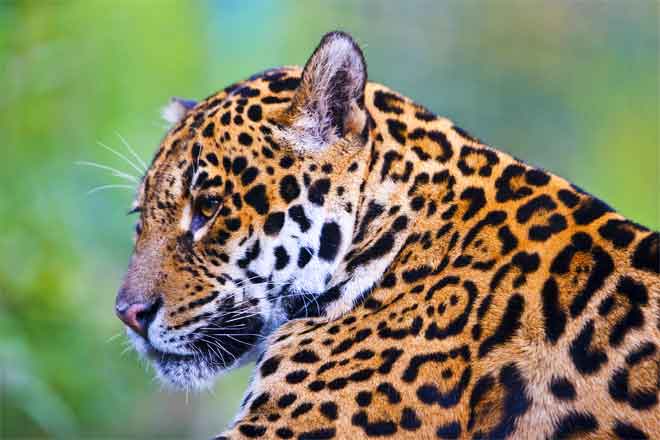WILDLIFE CONSERVATION

The beauty and tranquility of forests all over the world—from tropics to the tundra—inspire all of us. We know that eight out of 10 species found on land live in forests. Almost 300 million people, particularly in developing countries, live in forests too.
But threats to the world’s forests are growing.

What Can I Do?
Influence Funding
WWF seeks to close the gap between how much is available for forest conservation and how much is needed. We help create multi-million dollar funds to properly manage forests that are designated as protected. The funding is to train park officials about responsible forest management, buy satellite GPS collars to monitor and track endangered wildlife, and more. We also support Reducing Emissions from Deforestation and Forest Degradation (REDD+), a global initiative designed to pay groups or countries for protecting their forests and reducing emissions of greenhouse gas pollutants, especially carbon dioxide.
Influence Policies
Effective policies related to forest conservation are as important as the funding. That’s why WWF helps countries, like Myanmar and Belize, assess the value of their natural resources and the services they provide, such as forests that absorb carbon and provide habitat for endangered wildlife. Decision makers use the assessments in a variety of ways, including promoting a green economy approach—one in which the sustainable use of natural capital is integrated into a country’s new plans and policies for the economy, agriculture, energy and more.
Stop Illegal and Unsustainable Logging
Forests will not survive unless the responsible management of them becomes the norm. That requires eliminating illegal and unsustainable logging. To do so, WWF works to strengthen the US government’s ability to prosecute illegal timber cases; stop illegal logging in countries that export high volumes of timber; ensure full implementation of the Lacey Act, a US law that prohibits illegal timber and timber products from entering the US market; and design rural energy programs that rely on fuels other than firewood.
Motivate the Marketplace
We tap into the power of US companies that buy and sell forest products. For example, through our Global Forest & Trade Network, we help US companies source products from responsibly managed forests, particularly those certified by the Forest Stewardship Council (FSC). We also encourage them to invest directly in increasing the acreage of responsibly-managed working forest and to help increase the demand for FSC-certified products.

What Areas are Being Affected?

Expanding agriculture, due to an increased population and shifts in diet, is responsible for most of the world’s deforestation. Illegal and unsustainable logging, usually resulting from the demand for cheap wood and paper, is responsible for most of the degradation of the world’s forests—the largest threat to the world’s forests. In degraded forests, small trees, bushes and plants often are severely damaged or dead; rivers are polluted; slopes are eroded; and more.
The threats are so severe that we are losing huge swathes of forests at an alarming rate. The Amazon, the planet’s largest rain forest, lost at least 17% of its forest cover in the last half century due to human activity—mainly clearing trees to create new or larger farms and ranches.
WWF is working to address the threats to forests: By 2020, we must conserve the world’s forests to sustain nature’s diversity, benefit our climate and support human well-being.
Most of WWF’s work is being done in tropical rain forests, which are the most biologically diverse and complex forests on Earth—forests in the Amazon, the Congo Basin, the Greater Mekong and other regions near the equator. But it also is taking place in temperate regions, such as the Russian Far East and the United States.